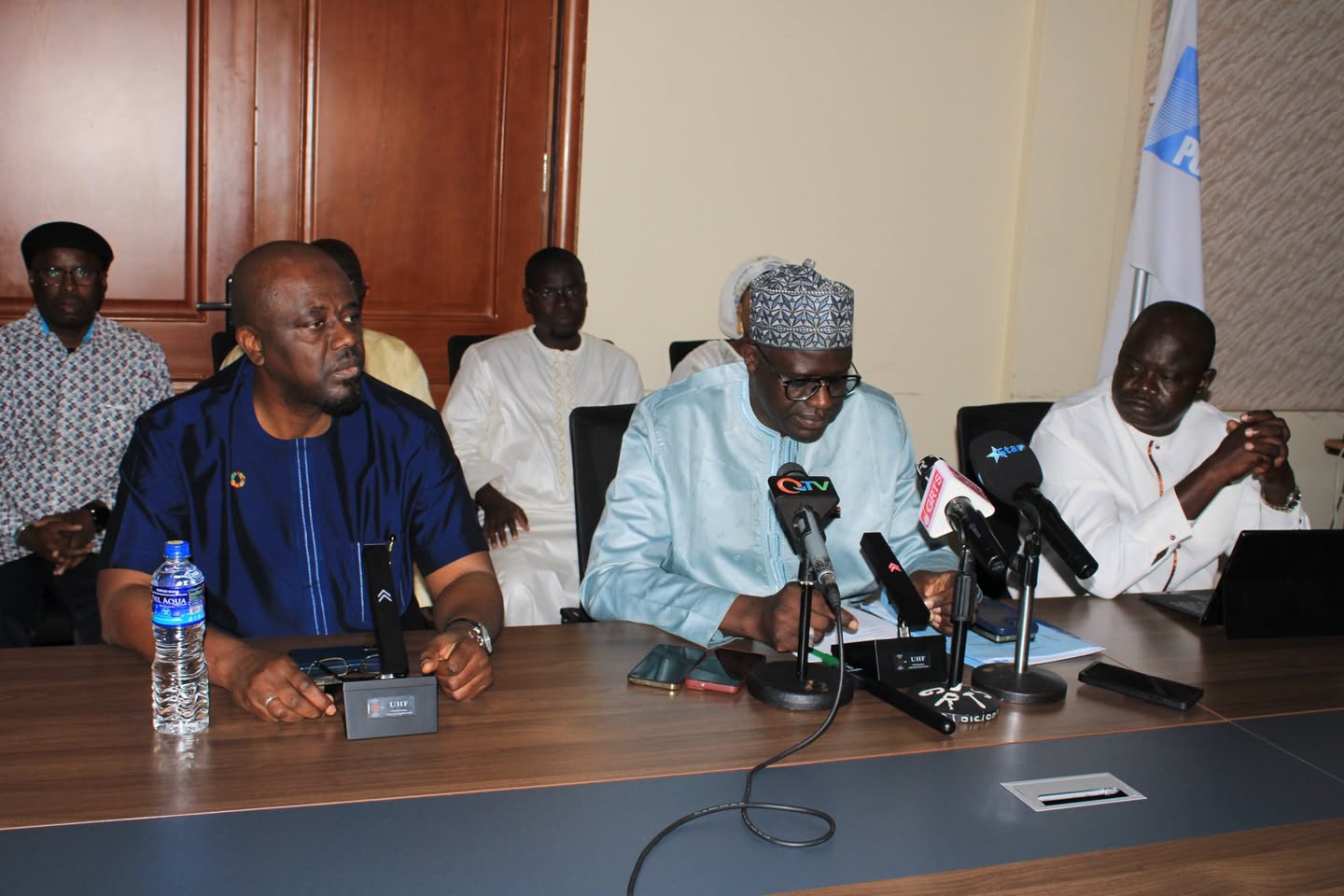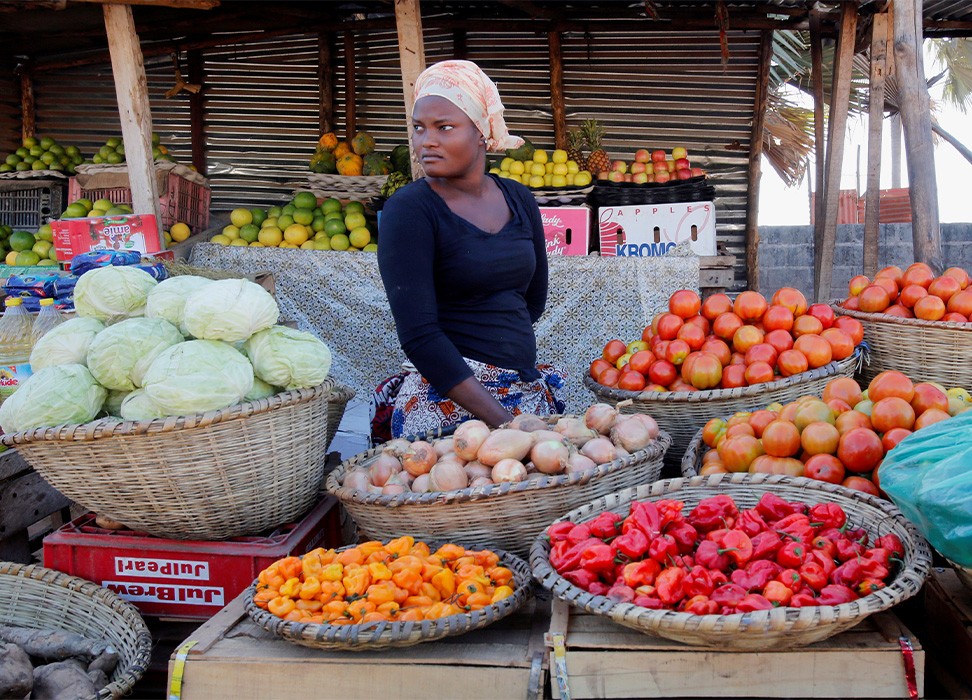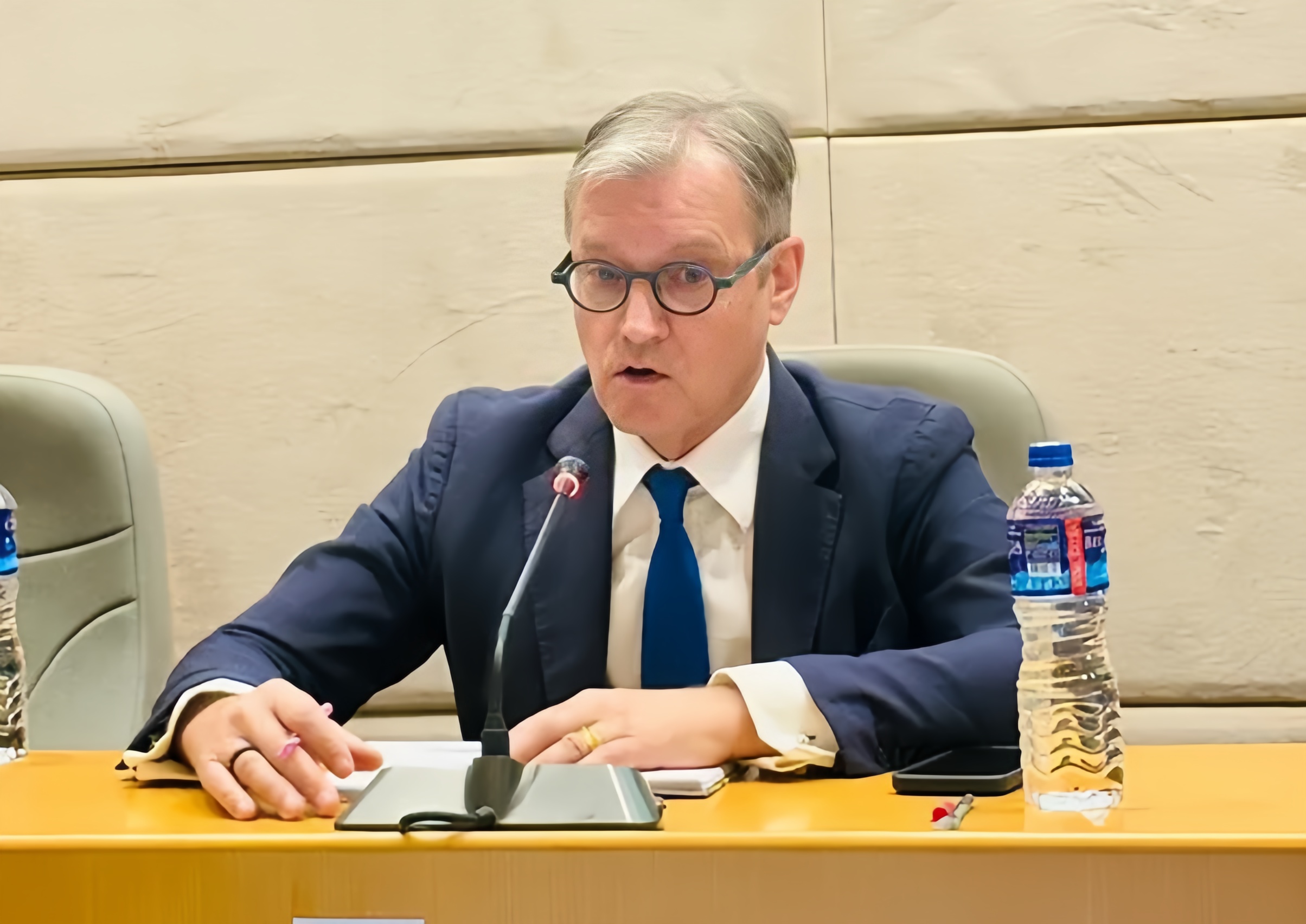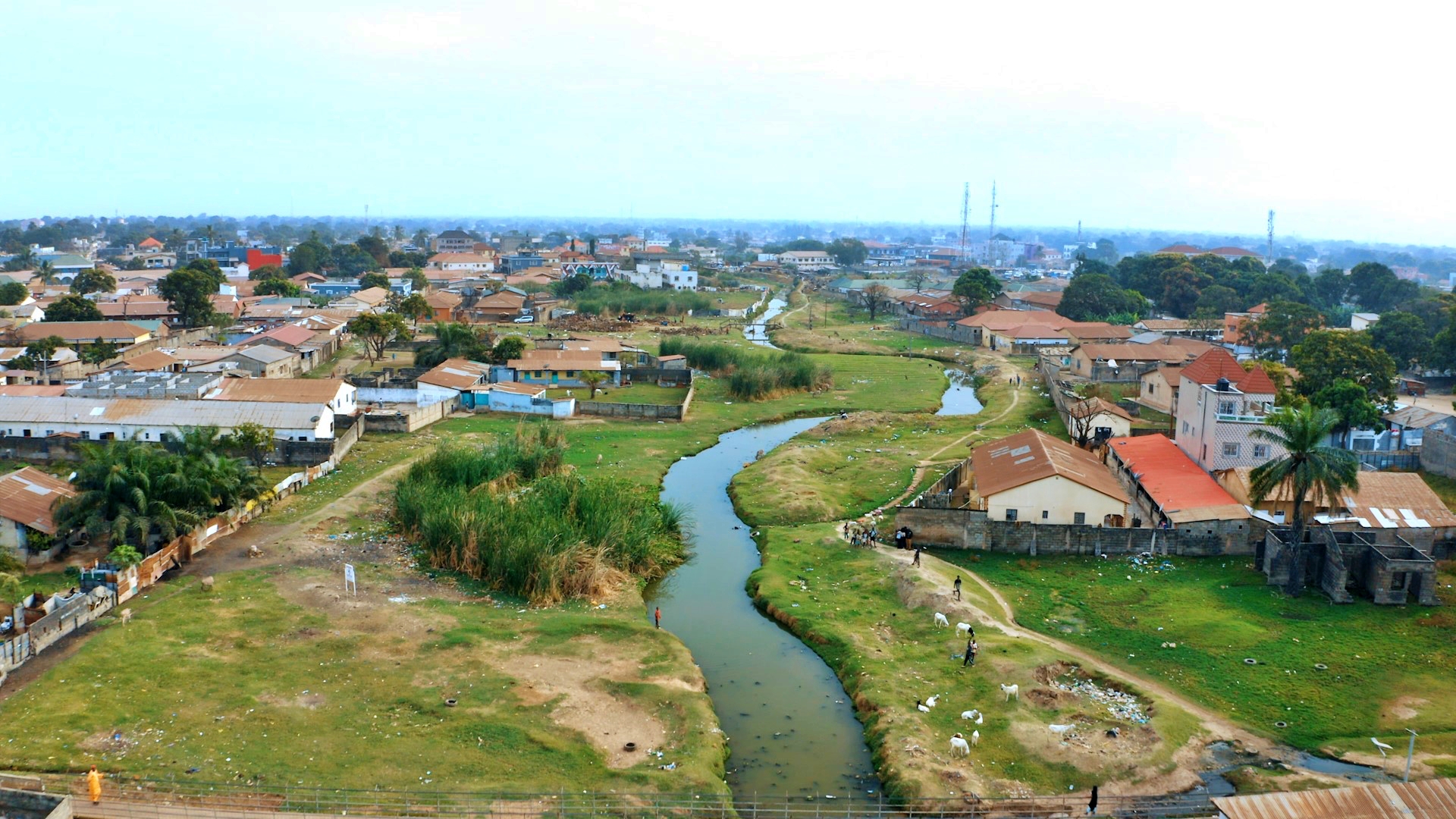Gambiaj.com – (BANJUL, The Gambia) – For decades, more than 200,000 people living along the Kotu Stream have endured the environmental and health consequences of one of the Greater Banjul Area’s most persistent flood hotspots.
Stretching 11.2 kilometres from Nema Kunku in the West Coast Region to Kotu on the Atlantic Coast, the 1,881-hectare stream has long been plagued by blocked gutters, contaminated water, and recurrent flooding, conditions that disproportionately affect low-income communities.
Residents of the 11 communities along the stream, Nema Kunku, Latrikunda Sabiji (Jola Kunda), Bundung (Borehole), Sukuta, Serrekunda (London Corner), Bakoteh, Dippa Kunda, Manjai, Latrikunda Yiringanya, Latrikunda Erinjang, and Kotu, have lived with a constant stench and widespread degradation that have undermined health, livelihoods, and the environment.
But renewed hope has emerged with the rollout of the West Africa Coastal Areas (WACA) resilience project, implemented by The Gambia’s Ministry of Environment.
Climate Change and Natural Resources with World Bank funding. The project aims to strengthen the ability of coastal and riverine communities to withstand pollution, coastal erosion, and flooding.
Residents Recall a Lost Past and a Difficult Present
Long-time Dippa Kunda resident Ma Hawa Drammeh remembers when the stream was clean, dry, and safe.
“The stream did not used to be like this. It was very clean, and the environment was dry, but now it’s polluted and not hygienic,” she said. She now lives with swollen, painful legs and chest discomfort, health problems doctors attribute to prolonged exposure to damp and unsanitary conditions.
Nearby, 55-year-old Fatou Ceesay and her children have also battled recurring illnesses.
“My children and I often get malaria because of the mosquitoes. Skin rashes are also a problem for both children and adults. We want the WACA project to help us clean the stream and clear away the waste,” she said.
Other residents, like Salim Drammeh, expressed hope that the project will deliver lasting solutions, including the construction of proper drainage channels to restore natural water flow.
Community Leaders Welcome Intervention
Dippa Kunda Alkalo Surahata M. Sohna described the current condition of the stream as environmentally dangerous and unsafe for human settlement.
“For as far as seven kilometers from here, it is not advisable to dig a well for drinking water,” he warned, citing chemical contamination, waste from tie-and-dye businesses, and illegal dumping as major hazards that can also worsen flooding.
Ward Councillor Mariama Drammeh said the community has already seen improvements in flood and waste management since the project began.
She noted that WACA plans to create a designated waste-management area for women involved in tie-and-dye production, while women gardeners are expected to benefit from cleaner and safer water sources.
“Before, water came straight from the ground, which was a big problem. We are eager to see the changes because they will help us in many ways, from health to flood control, and will reduce losses during heavy rains,” she said.
Health Experts Warn of Serious Risks
Public health officer Saikou Camara cautioned that stagnant and sewage-flooded waters can trigger outbreaks of malaria, cholera, dysentery, and other infections.
“Contaminated water can carry parasites, viruses, and bacteria, which lead to diarrhea and cholera,” he said. He also warned that sewage-flooded areas pose threats to nearby wells.
Camara urged residents to avoid using stream water for drinking or cooking unless boiled and to store water only in clean, covered containers. He called for stronger health policies and collective action to keep Kotu Stream and other vulnerable areas safe.
WACA Maps Pollution Sources, Targets Solutions
According to WACA Social Development Specialist Alhagie Haruna Cham, pollution in Kotu Stream results mainly from treated wastewater discharged from the sewage plant and from indiscriminate dumping.
A 2014 study revealed that wastewater from the plant contained heavy metals harmful to fish and potentially dangerous to people who consume them.
Solid waste management remains a challenge, Cham said, but WACA is collaborating with local councils to improve collection by providing needed equipment.
He added that tie-and-dye activities in Dippa Kunda are another major source of contamination. To address this, WACA plans to establish a dye-processing facility and train women in more traditional, eco-friendly dyeing methods, such as using kola nuts.
“We want to help women work together so they can manage waste more safely and protect their environment,” Cham said.
Strengthening Enforcement and Community Awareness
WACA is also conducting awareness campaigns with the National Disaster Management Agency (NDMA) and the National Environment Agency (NEA). Through the NEA’s “Catch Them Young” initiative, schoolchildren are being taught how to protect the environment.
The NEA is also stepping up enforcement by monitoring illegal waste pipes and penalizing offenders.
“We are serious about working with the authorities to protect Kotu Stream and make sure everyone follows the rules,” Cham said.
As the WACA project progresses, communities along the Kotu Stream are hopeful that better health, cleaner water, and safer livelihoods may soon become a reality after decades of neglect.










